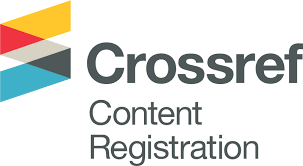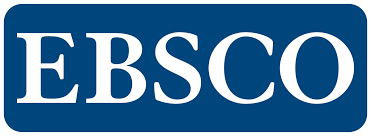Communication between dentists and patients is fundamental to delivering high-quality dental care. This review examines the significance, challenges, strategies, and educational approaches related to dentist–patient communication. The World Dental Federation (FDI) highlights effective communication as a key element of excellence in oral healthcare. Strong dentist–patient interactions enable the accurate transmission of critical medical information, enhance dentists’ efficiency and confidence, reduce occupational stress, and lower the likelihood of complaints or legal action. Additionally, it mitigates dental anxiety, fosters trust, addresses patient needs and preferences, improves adherence to treatment, and ultimately increases patient satisfaction. Despite these benefits, inadequate communication remains a common challenge in dentistry worldwide. Factors such as limited consultation time, difficulty building rapport, patients’ oral-health literacy, dentists’ communication skills, personal perceptions, and language differences often impede effective interaction. Adopting a patient-centered approach is essential, requiring both verbal and non-verbal communication skills to overcome these barriers. This approach emphasizes understanding patients’ conditions, engaging in shared decision-making, and respecting the patient’s pace. Clear, concise, and jargon-free language should be used, alongside appropriate body language and gestures to convey a positive attitude. Communication training for dental students should follow a structured curriculum incorporating lectures, role-playing, patient interviews, and continuous evaluation. Core components of such training include motivational interviewing, open-ended questioning, affirmations, reflective listening, and summarizing to enhance patient engagement and compliance with treatment.





